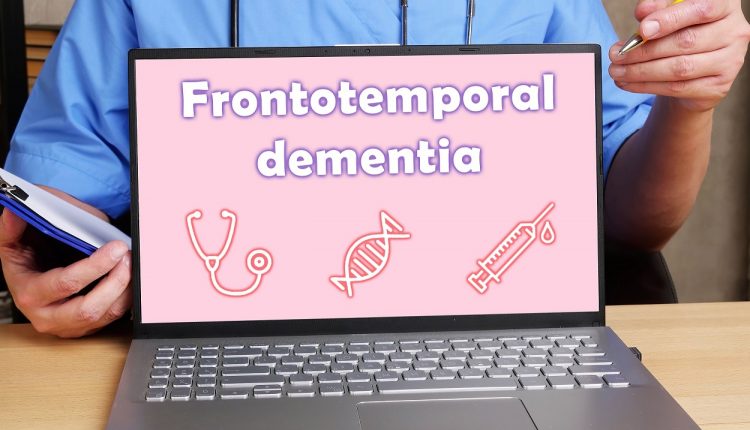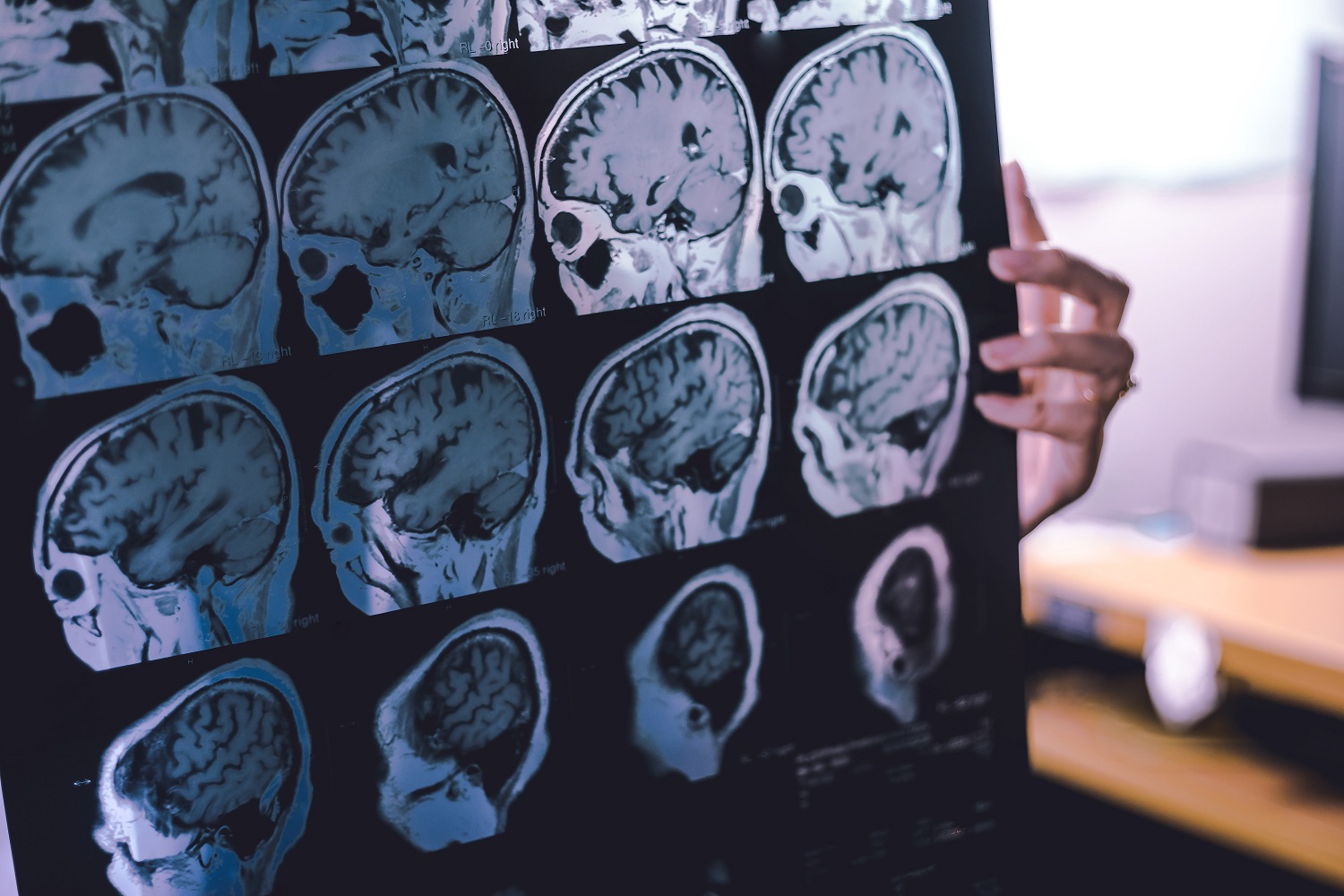
How to Recognize Frontotemporal Dementia
Dementia is a combination of symptoms that adversely affect memory, thinking, and social abilities. There are several varieties of Dementia, one of which is Frontotemporal Dementia, which progresses over time and is irreversible. Frontotemporal Dementia (FTD) develops when nerve cells in the frontal and temporal lobes of the brain deteriorate. The lobes become smaller as a result. Therefore, behaviour, demeanour, language, and mobility can all suffer from FTD.
Contents
The Most Common Types of FTD
FTD is one of the most prevalent dementias to affect people when they are younger. While FTD most frequently affects people between the ages of 40 and 65, it can also affect younger people and the elderly. Men and women are both impacted by FTD.
Frontotemporal Dementia types and effects are:
Frontal variant: It has an impact on personality and conduct.
Primary progressive aphasia: It refers to communication challenges.

What Causes Frontotemporal Dementia?
There is no known cause of FTD. However, certain FTD subtypes have been connected to gene mutations by researchers. Pick bodies, microscopic structures, are found in the brain cells of certain FTD patients. Pick bodies have an unusually high or specific type of protein content.
What Are The Risks For Frontotemporal Dementia?
The only recognized risk factor for these illnesses is a family history of Frontotemporal Dementia. Although doctors think that some FTD instances are hereditary, the majority of FTD sufferers have no family history of the condition or other forms of Dementia.
What Are The Symptoms Of Frontotemporal Dementia?
Frontotemporal Dementia symptoms develop gradually, over time, and occasionally quickly. Depending on the parts of the brain involved, they differ from person to person. These are typical signs:
- An increase in sex drive
- A decline in personal hygiene
- Drastic personality changes.
- Socially inappropriate, impulsive, or repetitive behaviours
- Impaired judgment
- Apathy
- Lack of empathy
- Decreased self-awareness
- Loss of interest in normal daily activities
- Emotional withdrawal from others
- Loss of energy and motivation
- Inability to use or understand language
- Hesitation when speaking
- Distractibility
- Trouble planning and organizing
- Frequent mood changes
- Agitation
Some people experience physical symptoms such as tremors, muscle spasms or weakness, stiffness, bad balance or coordination, or swallowing difficulties. Aside from behavioural and linguistic changes, psychiatric symptoms like hallucinations or delusions might also manifest.
Frontotemporal Dementia Diagnosis
There isn’t one test that can diagnose Frontotemporal Dementia. Doctors search for disease symptoms and signs while attempting to rule out other potential reasons. Early diagnosis of the ailment can be particularly difficult because Frontotemporal dementia symptoms frequently coincide with those of other conditions. Here are some test health care providers prescribe when trying to diagnose Frontotemporal Dementia:
Blood Tests
Your doctor could prescribe blood tests to help rule out other illnesses, including liver or kidney problems.
Sleep Study
Memory and thinking issues, as well as behavioural abnormalities, are some signs of obstructive sleep apnea that can resemble Frontotemporal Dementia. If you also snore loudly and experience breathing pauses while you sleep, your doctor may order a sleep study to rule out obstructive sleep apnea as the source of your symptoms.
Neuropsychological Testing
Doctors will sometimes put your reasoning and memory skills to the test. This form of testing is very useful in diagnosing the type of Dementia early on. The pattern of abnormal testing results may aid in distinguishing Frontotemporal Dementia from other types of Dementia.
Brain Scans
When it comes to Frontotemporal Dementia Diagnosis using brain scans, doctors first rule out other disorders. Therefore, doctors can identify any apparent disorders, including clots, bleeding, or tumours, that may produce signs and symptoms by examining images of the brain.
Magnetic resonance imaging (MRI): MRI equipment creates precise brain images using radio waves and a strong magnetic field. For more on this, check out Can MRI Diagnose Alzheimer’s?
Fluorodeoxyglucose positron emission tracer (FDG-PET) scan: For this test, a blood injection of a low-level radioactive tracer is used. In short, the tracer can help highlight regions of the brain with inadequate nutrition metabolization.
Doctors can identify the type of Dementia by analyzing regions of the brain with poor metabolism to see where the degeneration occurs.

How is Frontotemporal Dementia Treated?
There is medication available to manage the symptoms of Frontotemporal Dementia, but there is no cure or way to slow down the disease’s progression. Here are some medications and treatment health care providers prescribe when trying to treat Frontotemporal Dementia:
- Antidepressants may help to treat anxiety, as well as to manage other symptoms like compulsive behaviours.
- Prescription sleeping pills can help insomnia and other sleep disorders. Antipsychotic medication may also lessen obsessive and illogical conduct.
- Dangerous habits may be possible with behaviour modification.
- Physical, occupational, and speech therapists can aid in the adjustment to some of the changes brought on by FTD.
What Are The Complications of FTD?
People can live with Frontotemporal Dementia for years; it is not a life-threatening condition. However, it can result in a higher risk for other, perhaps more severe disorders. With FTD, pneumonia is the most likely cause of mortality. Infections and injuries brought on by falls are also more common.
People with FTD may act in risky ways or become incapable of taking care of themselves as the condition advances. Therefore, they might require round-the-clock nursing care or a stay in a nursing home or assisted living facility.
Final Words
A series of illnesses known as FTD occurs through the death of nerve cells in the frontal and temporal lobes of the brain, which results in the shrinkage of these lobes.
There is no known cause of FTD. Changes in personality, speech ability, and tremors or spasms are common symptoms between the ages of 40 and 65. Therefore, a single test cannot diagnose Frontotemporal Dementia. And although there is no known cure for the disease, some medications and other therapies, such as speech therapy, can occasionally help with symptoms.
I had no idea this type of dementia existed! Every day I’m amazed by new names and variations!
My husband has already begun to experience some of the symptoms of FTD, such as difficulty with social interactions, poor judgment, and emotional changes. These changes have been difficult for him and the rest of our family to understand and cope with. Even so, I will remain calm whenever I visit your blog to read your posts. It is clear to me that I am not alone on this journey.